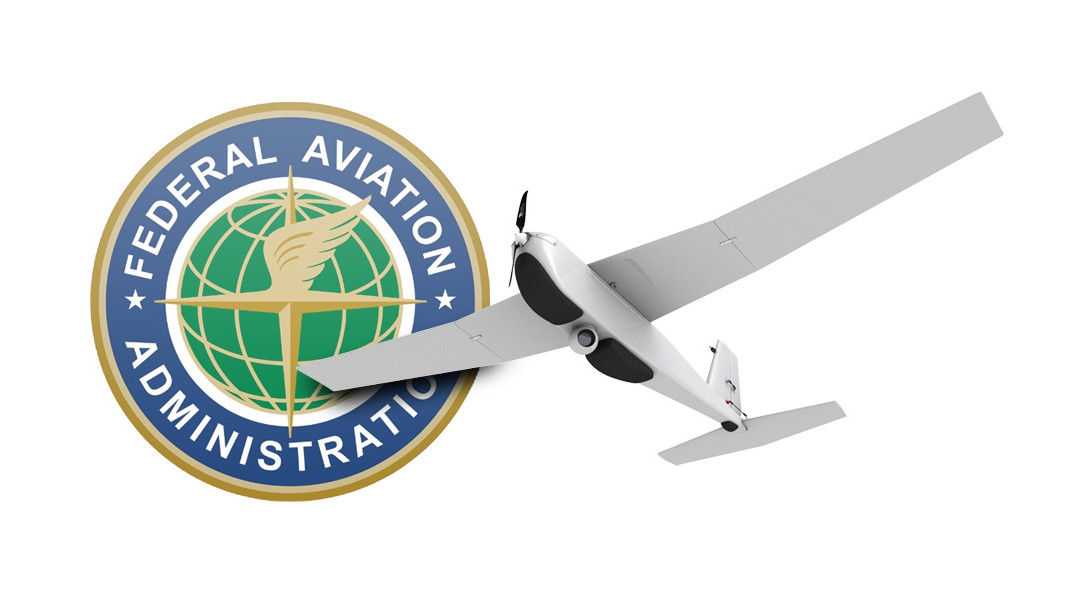With the announcement of a $1.9M civil penalty action against Sky Pan International for illegal drone use, you may wonder what happens when the FAA issues a civil penalty for a violation of FAA regulations. When the FAA issues a civil penalty known as a civil penalty action against an alleged violator for violations of FAA regulations, there are certain protocols and procedures that come into play. Generally, the FAA has two years to initiate a civil penalty action. If the proposed civil penalty is less than $50,000, then the FAA handles the action, but for civil penalties more than $50,000, the United States Attorney’s Office will handle any prosecution of the action.
A civil penalty action is initiated when the FAA serves the notice of a proposed civil penalty on you which contains the relevant facts pursuant to the FAA’s investigation of the matter, the regulations at issue alleged to have been violated, and finally the proposed civil penalty for the violation of those regulations. The notice provides a period of 30 days to respond to the letter proposing a civil penalty.
The civil penalty letter provides several ways to respond to the civil penalty letter as a follows:
- Pay the penalty proposed by the FAA;
- Submit additional written information evidence demonstrating that the circumstances don’t warrant the proposed civil penalty to be assessed by the FAA;
- Request that the civil penalty be assessed in a specific amount less than that proposed in the notice or that no civil penalty be assessed and provide the reasons for the requested reduction in penalty;
- Request a conference directly with an FAA attorney to present any information that might otherwise have been provided under early options in an effort to mitigate the penalty;
- Finally, request a formal evidentiary hearing decided by a U.S. District Court often times a district court magistrate.
Obviously, if the proposed penalty is paid, the case is closed, or if the penalty is modified, the FAA will issue a modified civil penalty order, when paid the case is also closed. Otherwise, the matter proceeds to a court hearing where testimony and other evidence are presented. Before the commencement of a hearing, the FAA through the United States Attorney’s Office files a formal complaint that generally contains the same allegations as provided in the notice. At that time, the respondent is required to file a formal answer to the allegations in the complaint and any defenses to the action. The parties are afforded a period of discovery to request the investigative information that supports the FAA’s case where the parties may engage in deposition or other formal evidence gathering activities. The hearing is then conducted where the parties have the opportunities to present evidence and witnesses on their respective behalves. The court will then issue its findings together with an Order relative to the civil penalty.
If either party is unhappy with the court’s decision, that party may file a notice of appeal with the FAA administrator. The appeal is a written appeal. If either party is then dissatisfied with the FAA administrator’s determination, that decision can then be appealed to the United States Court of Appeals.
If one does anything other than simply pay the recommended fine, there are a number of pitfalls concerning both the submission of information concerning any mitigating circumstances, or evidence to be presented in support of your position if the matter proceeds to a hearing stage. It is recommended that you obtain a qualified attorney familiar with FAA procedures at the outset to assist you in navigating your way through your proposed Civil Penalty Action with the FAA.

